To define abstract expressionism is to describe more than just a style of painting. It was the first major art movement to originate in the United States, beginning in New York in the 1940s and 1950s. Emerging from the turmoil of World War II, it gave artists the freedom to move away from European traditions and pursue something entirely new. Rather than representing objects or people directly, the movement focused on expressing raw emotion, psychological depth, and spontaneous creativity on the canvas.
This artistic shift marked a turning point in modern art, positioning the United States—and especially New York City—as the new center of the art world. Abstract Expressionism became synonymous with freedom, individuality, and innovation, opening the door for countless later movements.
Abstract Expressionism defined a new era where the act of painting became just as important as the finished image.
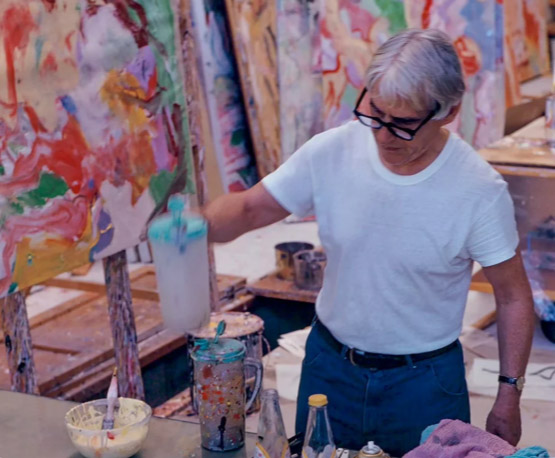

When exploring what is abstract expressionism art movement, it is important to recognize both its cultural and artistic contexts. After the war, many European artists such as Piet Mondrian and André Breton immigrated to the U.S., bringing with them influences from Surrealism, Cubism, and other avant-garde practices. American painters absorbed these ideas and transformed them into a uniquely American style.
This movement was not unified by a single method. Instead, it was united by a shared belief in the importance of individual expression and in the rejection of rigid, academic rules. Artists often worked on monumental canvases, using bold colors, sweeping gestures, and experimental techniques. The canvas became a stage where inner emotion could be enacted.
Abstract Expressionism art paintings were not meant to be “understood” in a literal sense. They were designed to be felt, evoking sensations of tension, vitality, or transcendence. This emphasis on direct emotional impact distinguished the movement from earlier European traditions.
Abstract Expressionism was less about depicting the world and more about projecting the inner life of the artist.
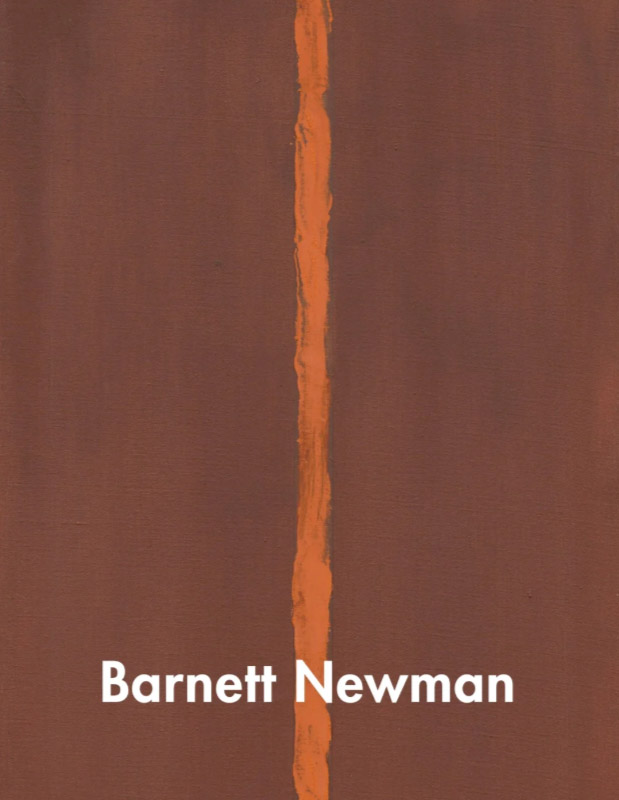
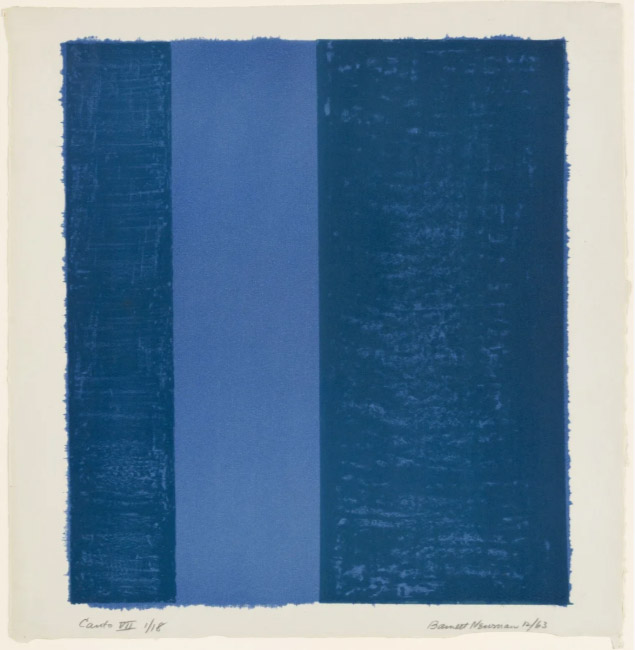
Within the broad umbrella of Abstract Expressionism, two main tendencies emerged: Action Painting and Color Field Painting.
Action Painting emphasized the process of creation. Jackson Pollock became the most recognizable figure of this approach, using his drip technique to pour and fling paint across massive canvases laid on the floor. His method turned painting into a performance, where every gesture, movement, and decision was preserved in paint. Willem de Kooning and Franz Kline also embraced this energetic, gestural style, producing bold compositions that balanced chaos and control.
In contrast, Color Field Painting focused on expanses of color designed to create meditative and spiritual experiences. Mark Rothko painted luminous rectangles of soft-edged color that seemed to glow from within, inviting viewers into a contemplative state. Barnett Newman developed large fields of color punctuated by vertical lines he called “zips,” representing moments of presence and separation.
Although distinct in method, both Action Painting and Color Field Painting shared a belief in painting as a vehicle for emotion and transcendence.
Abstract Expressionism developed multiple approaches, but all emphasized freedom, spontaneity, and the emotional impact of color and gesture.
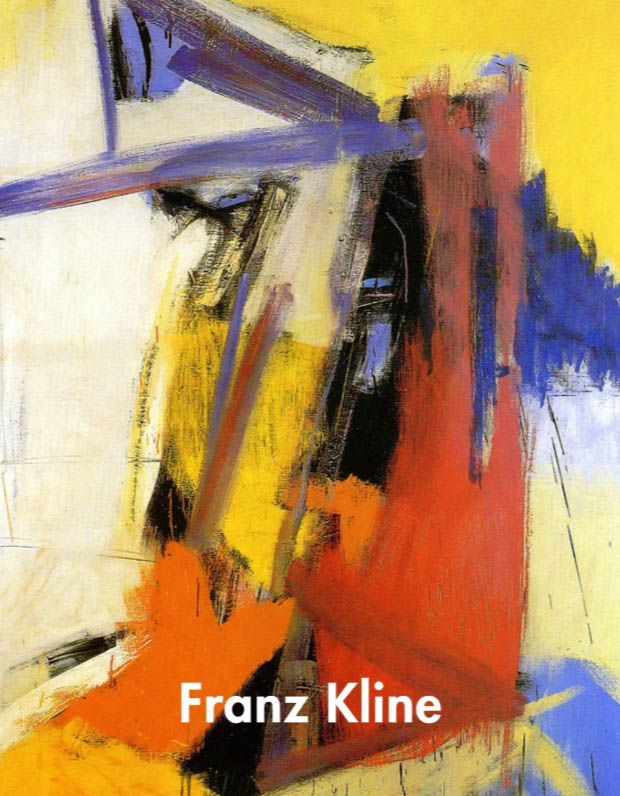
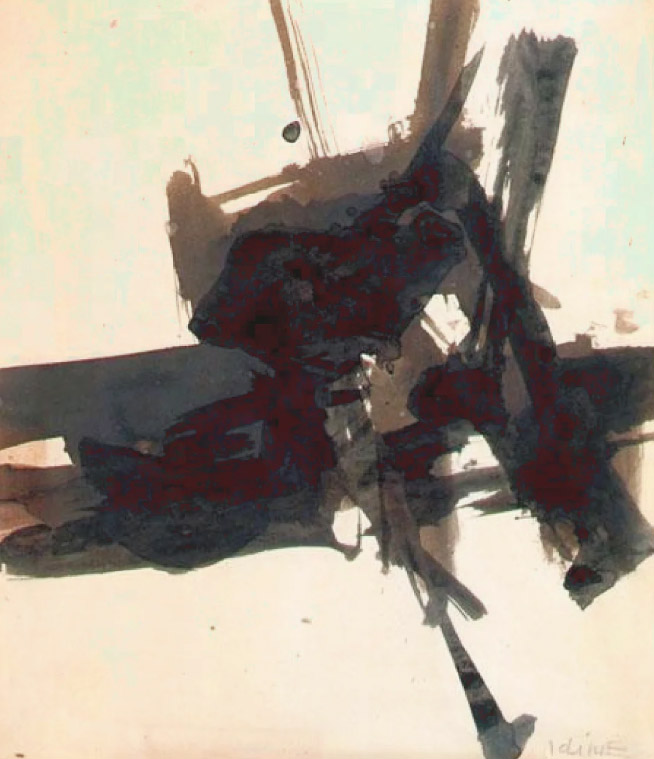
No account of this movement is complete without its most prominent figures.
Importantly, women also shaped the movement. Lee Krasner, Pollock’s partner and an accomplished painter in her own right, constantly reinvented her style, proving that Abstract Expressionism was not limited to a few male figures. Later, artists like Joan Mitchell and Helen Frankenthaler expanded the language of abstraction, ensuring the legacy would be more diverse than early histories suggested.
The movement’s legacy rests not on one artist but on a collective reimagining of what painting could achieve.
Abstract Expressionism cannot be separated from its cultural moment. The postwar years were defined by anxiety, reconstruction, and the search for meaning. The atomic age created both fear and a desire for renewal. For American artists, breaking from European dominance carried political and cultural significance.
Life magazine famously featured Jackson Pollock in 1949, declaring him one of the greatest living painters in the United States. This moment symbolized the mainstream recognition of Abstract Expressionism and marked the shift of the global art capital from Paris to New York. Institutions such as the Museum of Modern Art (MoMA) gave prominent exhibitions to these artists, further cementing their importance.
Abstract Expressionism reflected both the uncertainty of its time and the optimism of artistic freedom in a changing world.

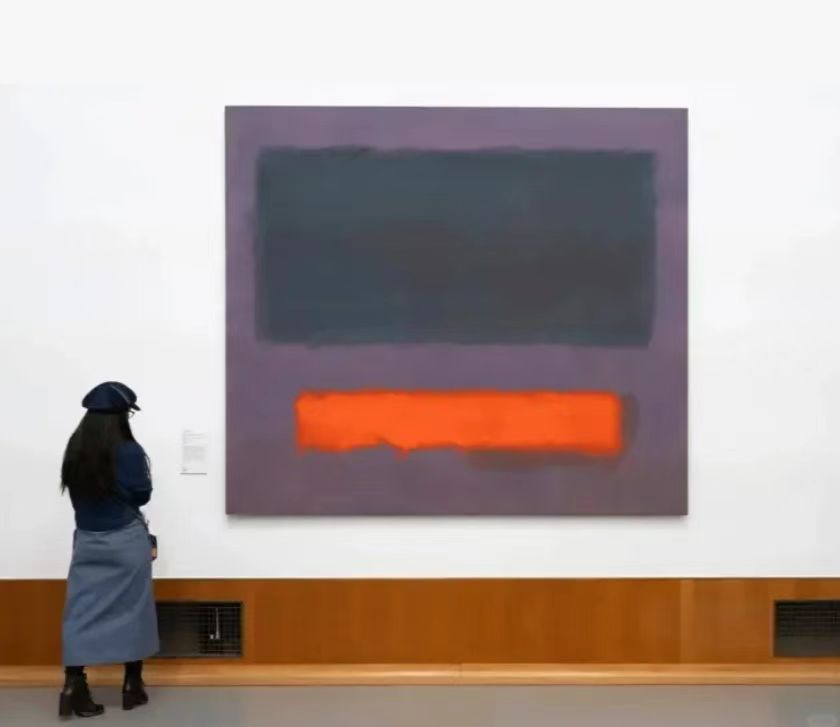
Though rooted in the mid-20th century, Abstract Expressionism continues to shape the art market today. Collectors remain drawn to its boldness, emotional intensity, and historical significance. Major works by Pollock, Rothko, or de Kooning often command record prices at international auctions.
Beyond museums and private collections, abstract expressionism art for sale is available through contemporary platforms. Online galleries such as Artfinder or UGallery showcase both established and emerging artists who build on this tradition. Buyers seek out abstract works for their expressive power, their ability to fit modern interiors, and their status as conversation pieces.
In this way, Abstract Expressionism has transcended its origins to become a lasting presence not only in art history but also in contemporary culture and commerce.
Abstract Expressionism remains relevant because it bridges emotional experience, historical innovation, and the ongoing art market.
The movement opened the door for later developments such as Minimalism, Pop Art, and Conceptual Art. Its emphasis on freedom encouraged artists to experiment across media, from sculpture and installation to performance art. The global art world became more receptive to non-traditional methods, and artists worldwide found inspiration in the movement’s central principles.
Today, its influence can be seen in public murals, digital art, and even design. While its leading figures are firmly rooted in history, its spirit of innovation and individuality continues to guide contemporary practice.
Abstract Expressionism’s true legacy is its affirmation that art can be a deeply personal yet universally resonant act.
Hi, I’m Philo, a Chinese artist passionate about blending traditional Asian art with contemporary expressions. Through Artphiloso, my artist website, I share my journey and creations—from figurative painting and figure painting to floral oil painting and painting on landscape. You'll also find ideas for home decorating with paint and more.

It is a mid-20th-century art movement that began in New York, focusing on personal expression, emotional intensity, and large-scale abstraction.
Key figures include Jackson Pollock, Mark Rothko, Willem de Kooning, Franz Kline, Barnett Newman, along with influential women artists such as Lee Krasner and Joan Mitchell.
Two central approaches are Action Painting, marked by dynamic gestures and physical process, and Color Field Painting, emphasizing expansive areas of color and meditative experience.
It represented the first major art movement originating in the United States, shifting the global art capital from Paris to New York and redefining modern painting.
Abstract Expressionist works remain highly sought after in auctions and galleries. Contemporary artists also continue to create abstract expressionism art for sale through platforms like Artfinder and UGallery, making the movement’s influence accessible to new collectors.
While influenced by Surrealism and Cubism, Abstract Expressionism emphasized personal freedom, monumental scale, and emotional impact, setting it apart as a uniquely American response to its time.
